Okay, the question is obvious. What is a “G.I.D.” (pronounced “guide”)?
The acronym is short for 3 key principles of sustainable home living –
| GREEN your Home
|
INCREASE its Value
|
DON'T go Broke
|
How do you follow the G.I.D.? The good news is … it’s easy to get started by upgrading in these 5 areas:

1. Recycling
 |
Recycling is relatively simple, but for some reason it gets people all confused about what you can and can’t recycle.
|
What items are okay for home recycle bin? Bottles, cans paper and cardboard. These items should be empty and CLEAN. No food waste, no leftover liquids or oily, stained containers.
What about plastic containers? They’re okay as long as they’re clean and dry. And for those plastic bottles, be sure to keep the cap on. Food and beverage containers (milk cartons, juice boxes, etc) may be okay, too, as long as they’re clean and dry. Some items like cartons are dependent on where you live. To keep it simple – when in doubt, throw it out.

If you’re like me, following that rule probably reduces the size of your recycle bin considerably. What it also does is make me realize just how much trash I really have!
So what DOESN’T belong in your recycling bin? The short answer is … PLASTIC!
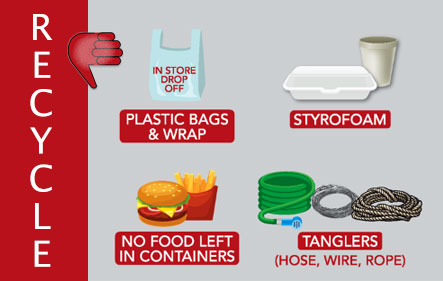
Specifically, things you can't include in your recycling are:
- Cups and containers with wax or plastic coatings
- Polystyrene foam and plastic
And don’t even THINK of recycling anything with food residue in it.
Since this means you’ll likely need to find more ways to reduce your non-recycleable trash, another step in the GID is to look for ways to go zero waste. Need tips on how? Check out the article on going zero waste in Live Modern News.
Still not sure what’s a YES and a NO for the recycling bin? Check out this guide.
2. Go LED
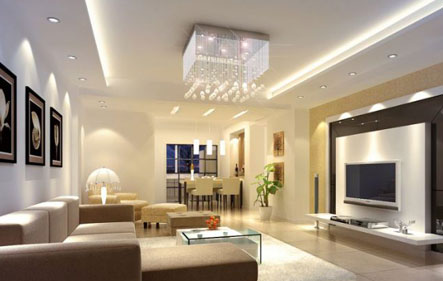 |
Replace fluorescent lighting with LED bulbs. This one’s a no brainer and many people have already adopted LED lights in the home.
|
Why LED? Lots of advantages over all other types of lighting. LED lighting last 2-4 times longer than florescent, incandescent or any other lighting. They consume very little power, offering 60-75% greater energy efficiency. LED lights are smaller, dimmable, emit very little heat in comparison to incandescent lights, and emit almost no UV emissions. Best of all, LED lights don’t contain mercury like fluorescent lights, making the safer for the environment.
Also, if you’re upgrading your space to a Smart Home (also a great GID idea), LED lighting is a sensible first step. Smart LED lighting contains software that lets you connect to an app, allowing you to control your lighting even when you’re not at home.
3. Install a Smart Thermometer
 |
Eliminate those days of coming home to a sweltering house by converting to an intelligent thermometer that automatically regulates your home’s temperature. It knows when you’re sleeping, it knows when you’re awake.
|
It knows when you’re away from home, so it’ll save you money for goodness sake! With a nod to that Santa song, a smart thermometer in the home is the GID gift that just keeps giving.
4. Get Low
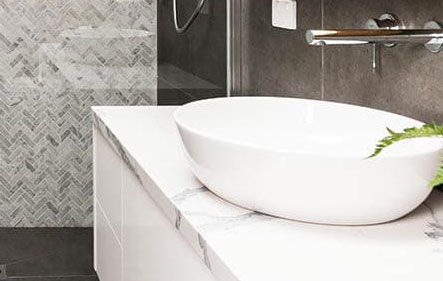 |
You should already have these but if, for some reason, you don’t, you absolutely must install low flow faucets.
|
More powerful and more efficient than older low flow devices, the newest ones don’t make you feel like you’re sacrificing decent water flow.
Replacing older appliances with EnergyStar appliances should also be high on your to-buy list. Feeling squeezed with the high cost of everything? Go to the EnergyStar site to check for rebates and tax credits.
5. Grow Plants - Start a Garden
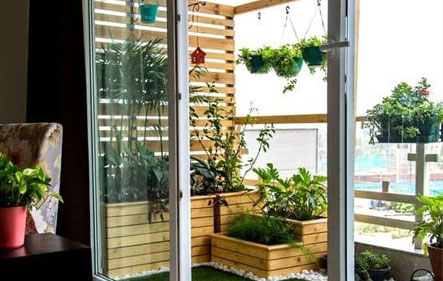 |
Think you don’t have what it takes to grow plants? Hey, I once killed a cactus! Yet I’ve still been able to maintain an herb garden and grow cherry tomatoes and spinach on a small balcony. If I can grow herbs and veggies, you can too.
|
BEYOND THE BASICS
1. Composting
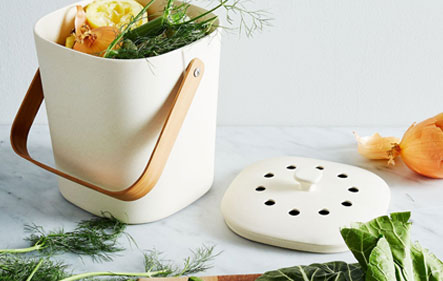 |
Why do it? Less trash in landfills, more nutrients for your plants, cleaner air and water.Yes, it’s a win win win!
|
2. Working From Home
 |
Considered a perk, working from home can provide a better work-life balance, make you more appreciative (and productive) during the time you DO have in the office, and save you AND your company money.
|
3. Minor Remodeling For Maximum Effect
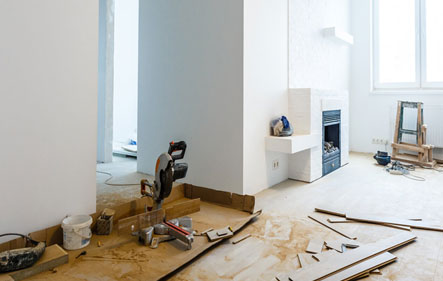 |
Plan on upgrading your space with some relatively low-cost remodeling projects that won’t break the bank. How about …
|
Replace old carpeting with eco-friendly flooring. Year of spills, wear and tear, and tracking in all sorts of dirt from the outside will eventually turn your carpet into a filthy germ factory.
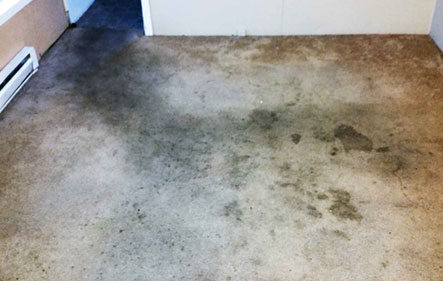
If you’ve had the same carpet for 10-15 years or longer, time to trade in that science experiment for an eco-friendly flooring option. Engineered hardwood, bamboo and FSC-certified wood flooring options will make your under-foot surfaces look great while minimizing the impact on the environment and making your home healthier.
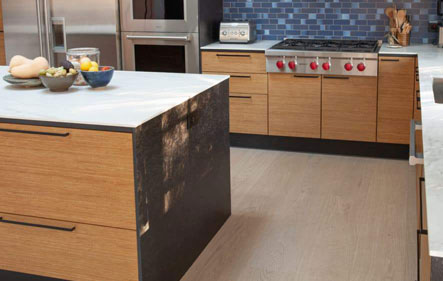
Is it time for a kitchen or bathroom remodel? Sustainable cabinetry with soft close drawers can be kind to the environment and to your ears, too (say goodbye to those annoying draw slam noises). Cabinetry from Green Building Supply, Metropolitan, Puustelli and Crystal Cabinet Solutions are great sources for quality green cabinetry.
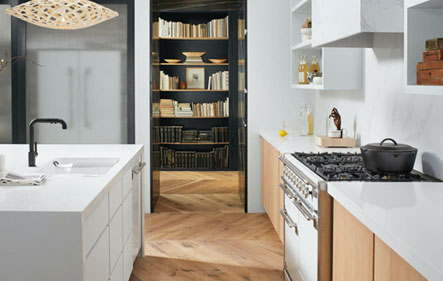
Cabinetmakers usually offer countertop options as well. Consider a countertop that combines stone with recycled materials to produce an elegant and sustainable countertop solution.
LARGE AND IN CHARGE
Okay, maybe you’re all “been there, done that. What else you got?!” Not rich, but ready to take on some big-ticket purchases?
If you’re ready to level up and Go Sustainable with the big boys and girls, how about …
Install a Green Wall
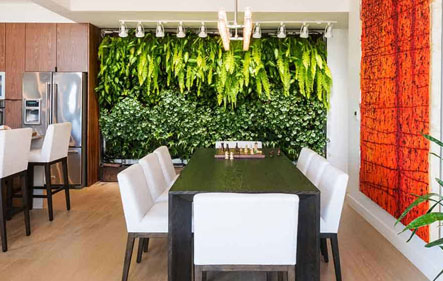
Show off your green cred by bringing the outside indoors in a very visual way -- install a living wall! This vertical garden is a plant wall that serves double duty – it creates a vivid impact and is an effective natural source of air purification for a room. A living wall is also great for insulation and acts as a good noise reduction barrier.
Buy an EV
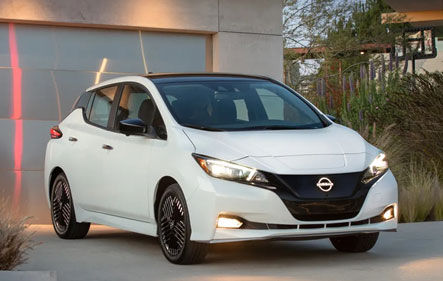
These days you can get an electric vehicle with over 200 miles of range for under $30,000. No, it won’t be a Tesla. (Think Nissan LEAF, Chevy BOLT) Yes, it WILL save you lots of money in gas and maintenance.
Some things you’ll want to consider before you buy:
- How will you use it. Is it a commuter car? The family “taxi”? Your road trip vehicle? All of the above?
- What are your range requirements?
- Where will you charge it?
- How will you pay for it? Don’t forget to factor in those local, state and federal rebates and credits.
- How long do you plan to keep it? The technology is still evolving, so this may not be your “forever” car. But it may be just right for the next 5 years or so.
Once you’ve answered all these questions, go shopping!
One more thing … as an EV owner, investing in a home EV charger may be a smart buy that can save you even more money. The EnergyStar site is a great starting point to research whether an at-home charger is right for you.
Add Solar Panels/Solar Roof
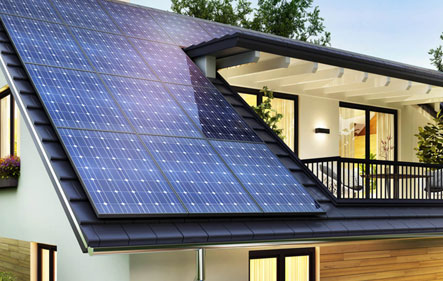
Solar panels are less expensive and more efficient than they’ve ever been. That being said, installing solar panels or an entire solar roof is an investment. Remember, you’re basically installing a power plant in your home – and with that comes all the costs and regulatory requirements to ensure that your clean energy plant works safely and efficiently while saving you money and saving the environment.
Install a Green Roof
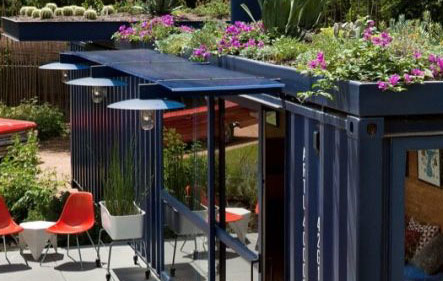
Want an even more ambitious means to literally go green? Top off your home with a green roof! Of course, you’ll need to own a home for this ambitious addition, but if you do, you can add signature style, reduce CO2, increase insulation and better manage water runoff. FYI, your roof doesn’t have to be flat to make it into a green living space, but the effort does take some planning.
IN LIEU OF A RIDE TO SPACE ...
Now, for you 1-percenters who already have the solar roof, the functional vegetable garden, the solar heated pool the green wall in your dining room with seating for 20 and the green rooftop for lounging after dinner with your favorite aperitif, you can still add some “luxury eco” to your sustainability game:
Plant Your Own Micro-Forest

Okay, let’s ask the obvious question … is it a good idea to build micro-forests in a time of extreme drought and year-round fire season? Apparently, the answer is YES. Trees and other woody plants are different from herbaceous plants. They have very sophisticated root systems that can help them adapt in drought conditions.
Urban centers are taking over the land, pushing out indigenous insects, birds and other wildlife that local ecosystems need. If you’ve got the land – you only need as little as a 10 x 10 square foot space, and you’ve got the will – the first few years require tending your micro-forest until its able to survive on its own – then grow your own forest. You don’t have to be a billionaire to do it, but you do need to have the will, the perseverance and a few bucks in the bank to take on micro-forestry.
If you build it, they will come. (You know I couldn’t resist …)
Add Geothermal to Your Solar
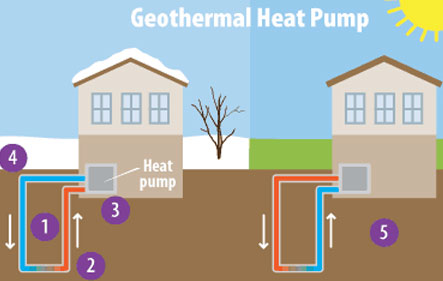
What is geothermal heating and cooling? How does it work? It’s actually dependent on a pretty basic constant. It may get hot or cold aboveground, but underground, the Earth remains at a constant 55-degrees Fahrenheit (8-10 C) year round. A geothermal system absorbs heat stored in the ground through water that circulates in an underground loop. Heat is carried to ground source heat pumps, concentrated, then returned as warm air into the home. In summer, heat is circulated through the underground loop, then returned as cool, conditioned air throughout the home.
Why would you need solar if you have geothermal? Different from solar, geothermal is susceptible to power outages, and doesn’t allow for energy storage like solar does. That’s why combining geothermal heating and cooling with solar could make you a true energy Star!
Buy a Private Eco-Reserve
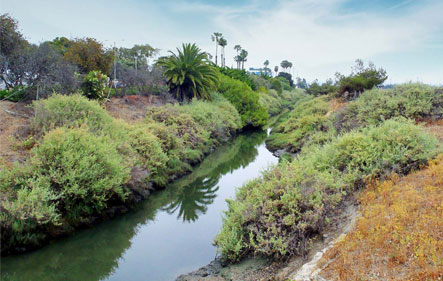
Own an unspoiled swath of land … buy an island … (something with a herd). Believe it or not, you don’t have to spend millions to own your very own private eco-reserve. But if you’re rolling like that, you’ll probably want to. Even unspoiled environments need some love, you know.
Be the Change
No matter what level you’re at, you can ALWAYS improve your status on the sustainability scale. When it comes to combating climate change, when you’re not pestering your congressional representative to get on the right side of legislation that protects the environment, let the task of greening your personal space be your G.I.D.
END

